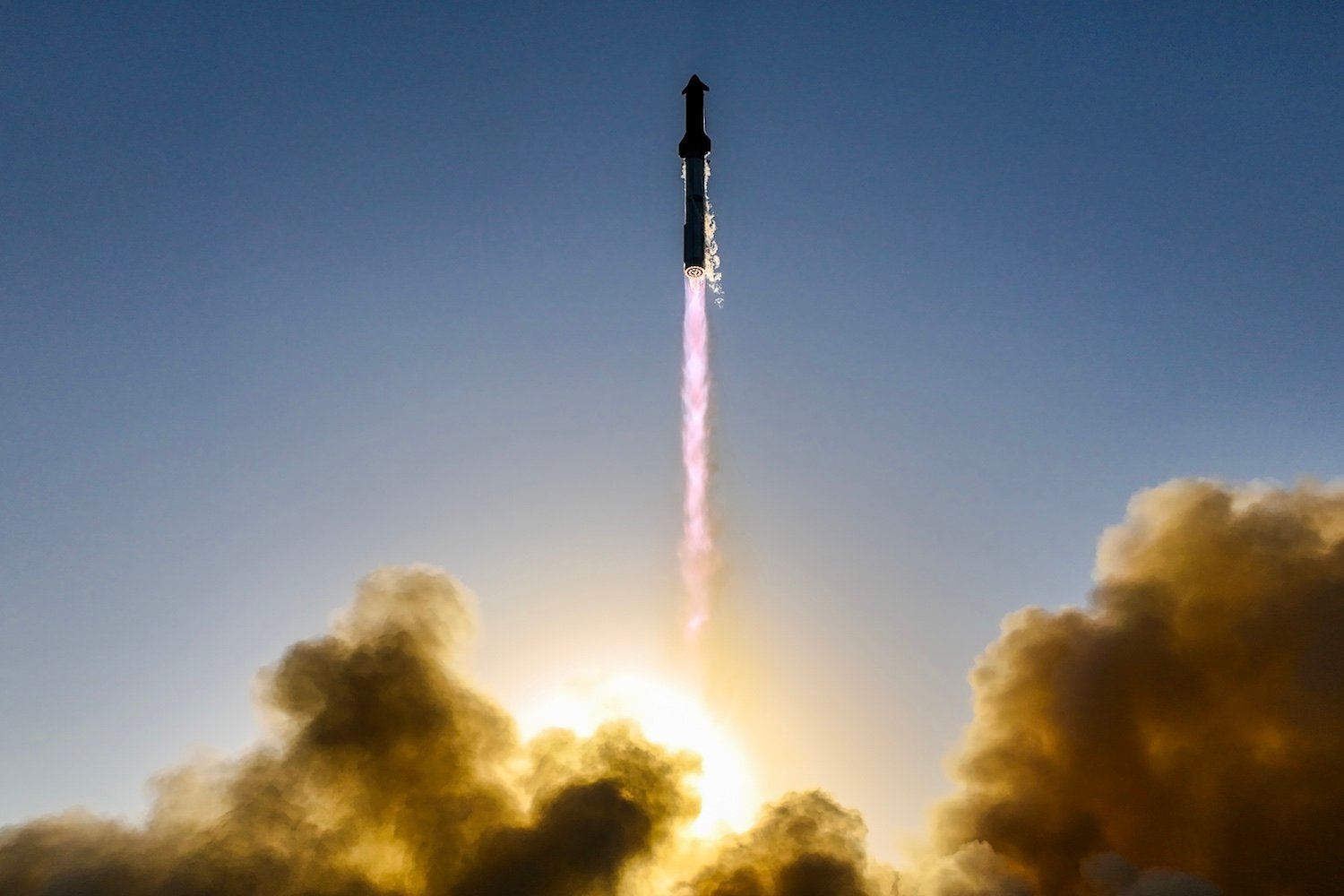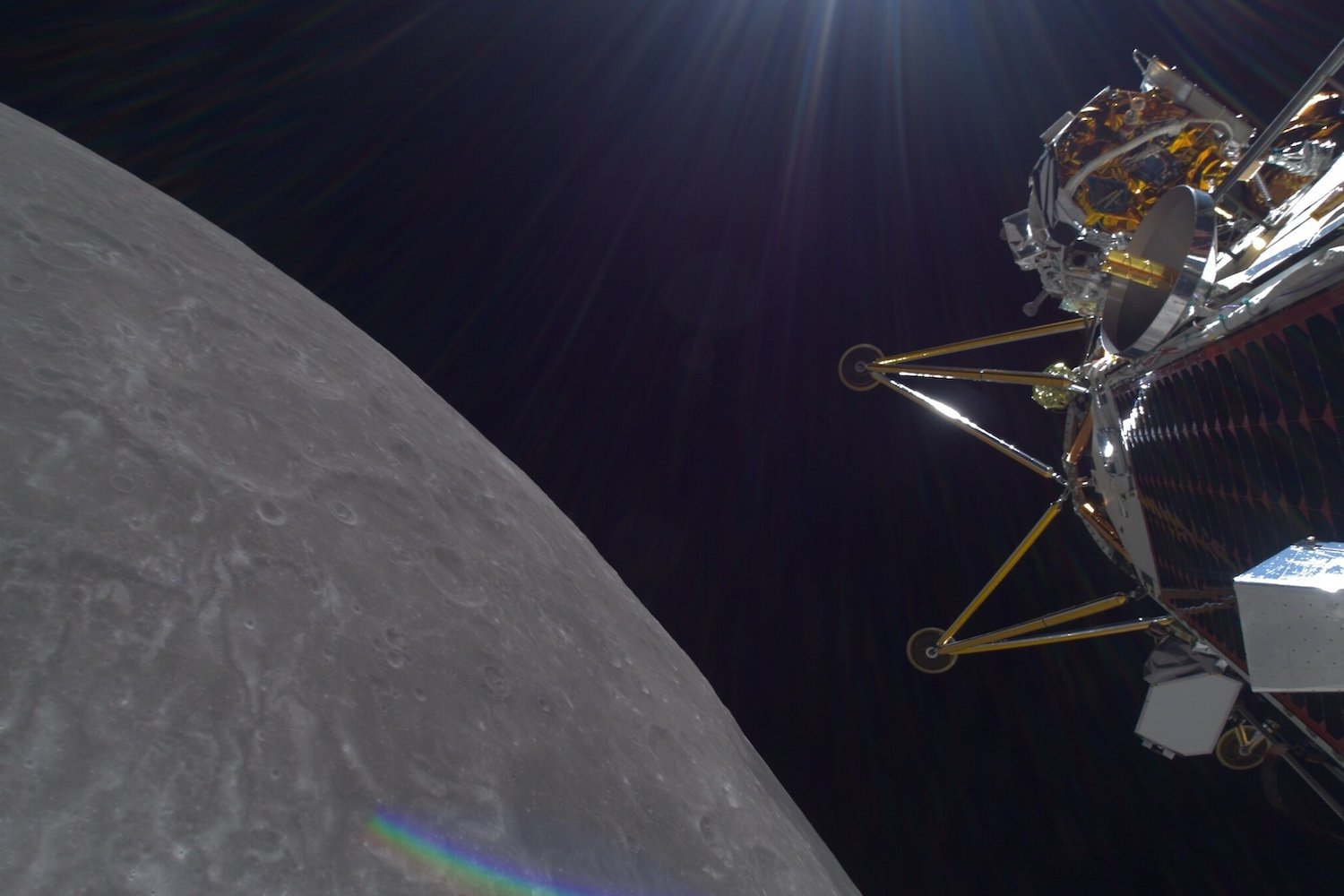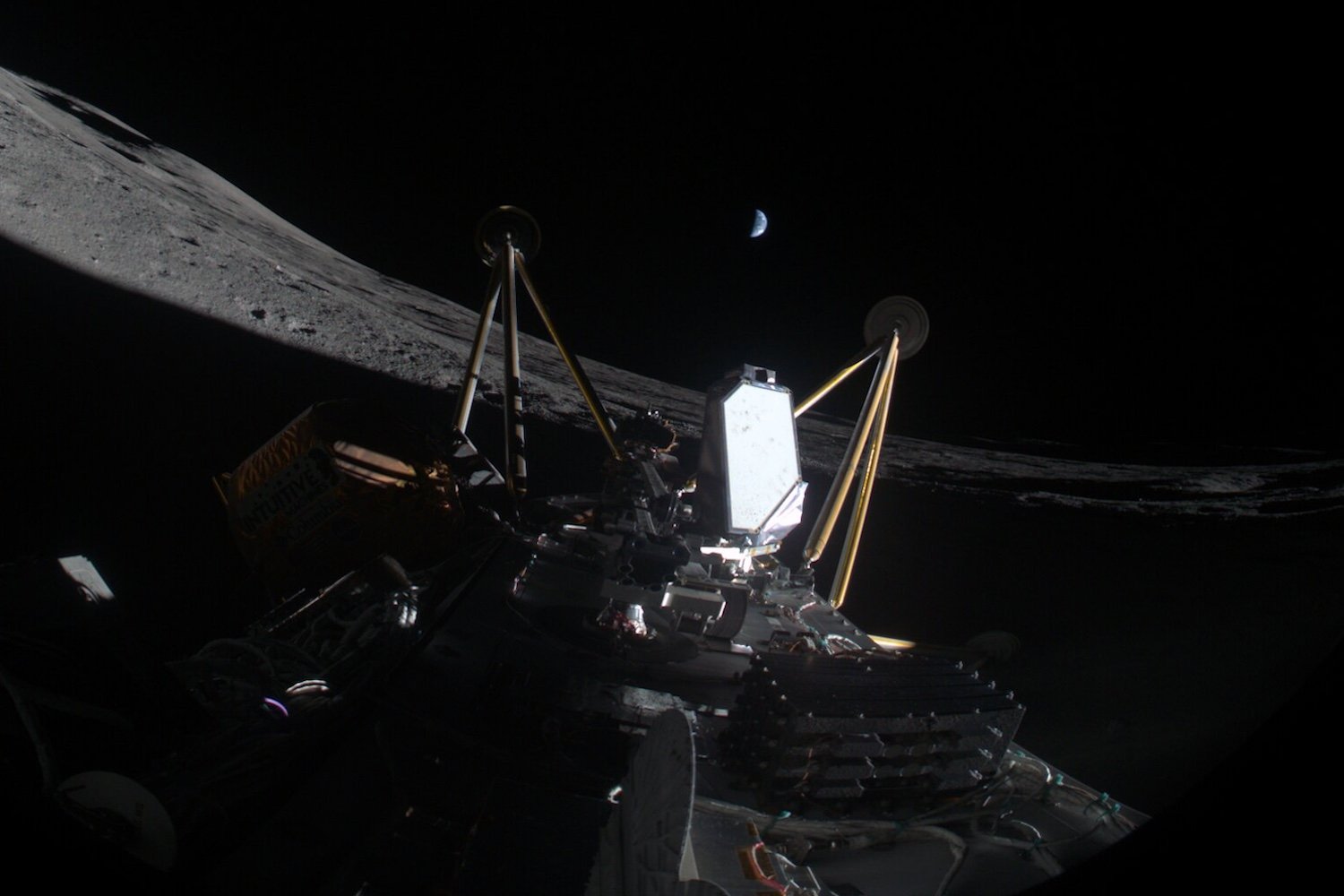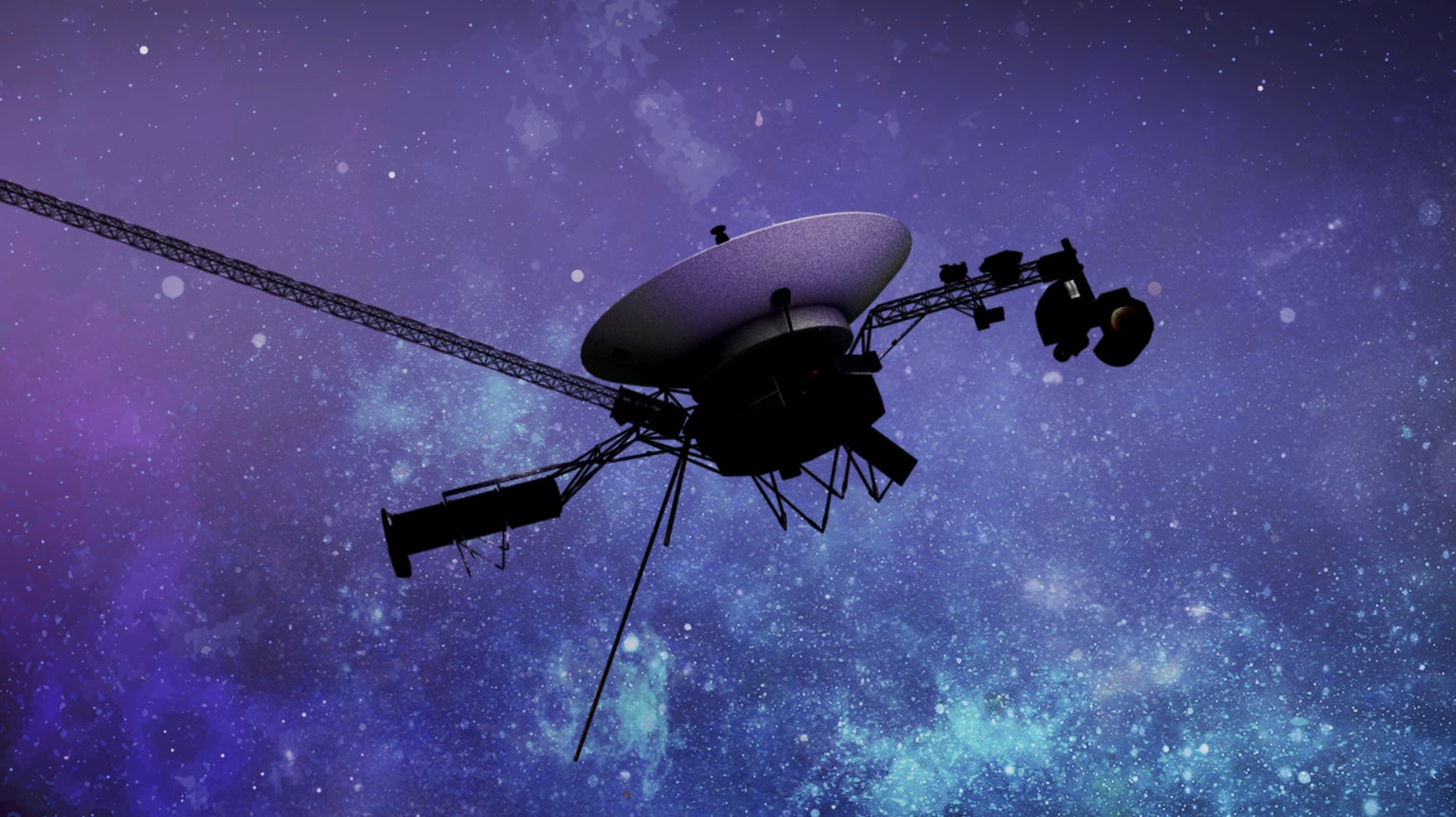SpaceX’s Starship megarocket experienced another setback during its eighth test flight on March 6, 2025, leading to flight disruptions at several Florida airports. The upper stage disintegrated shortly after launch, scattering debris and triggering a temporary flight halt at airports in Miami, Orlando, Palm Beach, and Fort Lauderdale, as well as Philadelphia. This incident marks the second time a Starship launch has interfered with commercial air traffic, raising concerns about the increasing impact of private spaceflight on airspace management.
The test flight commenced at approximately 6:30 p.m. ET from Boca Chica, Texas. While the Super Heavy booster successfully returned to Earth and landed on the Mechazilla launch tower, the Starship upper stage encountered a critical failure. According to SpaceX’s statement on X (formerly Twitter), the upper stage experienced a “rapid unscheduled disassembly” during its ascent, resulting in loss of contact. The company immediately initiated pre-planned contingency responses in coordination with safety officials.
This incident mirrors a similar failure during Starship’s seventh test flight in January. In that instance, an engine malfunction caused the upper stage to break apart over the Caribbean, spreading debris over Turks and Caicos. This previous mishap also led to flight disruptions and triggered an investigation, which ultimately attributed the failure to a “harmonic response” that stressed the propulsion system beyond its limits.
The Federal Aviation Administration (FAA) has initiated an investigation into the latest incident. As part of its response, the FAA activated a Debris Response Area and implemented temporary flight restrictions in the affected regions, slowing or grounding aircraft to ensure safety. According to CNBC, the falling debris impacted flights at Miami International Airport, as well as airports in Fort Lauderdale, West Palm Beach, and Orlando. The FAA’s statement highlighted the activation of the Debris Response Area, indicating that debris fell outside the designated hazard zones.
This second consecutive failure raises questions about the reliability of Starship’s upper stage and its potential impact on commercial air travel. With SpaceX aiming for up to 25 Starship launches in 2025, the potential for future disruptions remains a concern. The FAA’s investigation will be crucial in determining the cause of this latest incident and implementing necessary measures to mitigate risks associated with future Starship launches.
The grounding of Starship pending investigation is a necessary step. However, given SpaceX’s ambitious launch schedule and its goal of reaching orbit, it’s likely Starship will fly again soon. This raises ongoing questions about the balance between advancing commercial spaceflight and minimizing its impact on existing air traffic.
In conclusion, the recurring issues with Starship’s upper stage and the resulting disruption to air travel highlight the challenges associated with integrating private space launches into the existing airspace framework. While SpaceX’s innovation is undeniable, ensuring safety and minimizing disruption to commercial flights must remain paramount. The outcome of the FAA’s investigation will be critical in shaping future regulations and protocols for commercial space operations.











